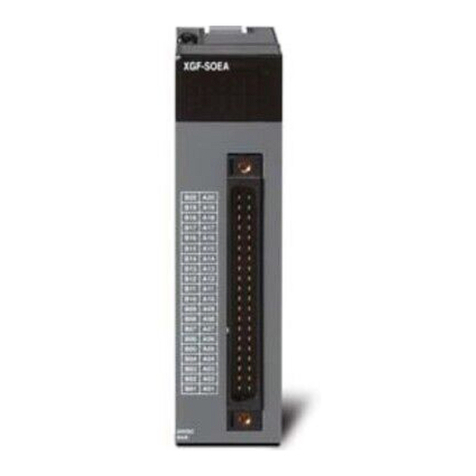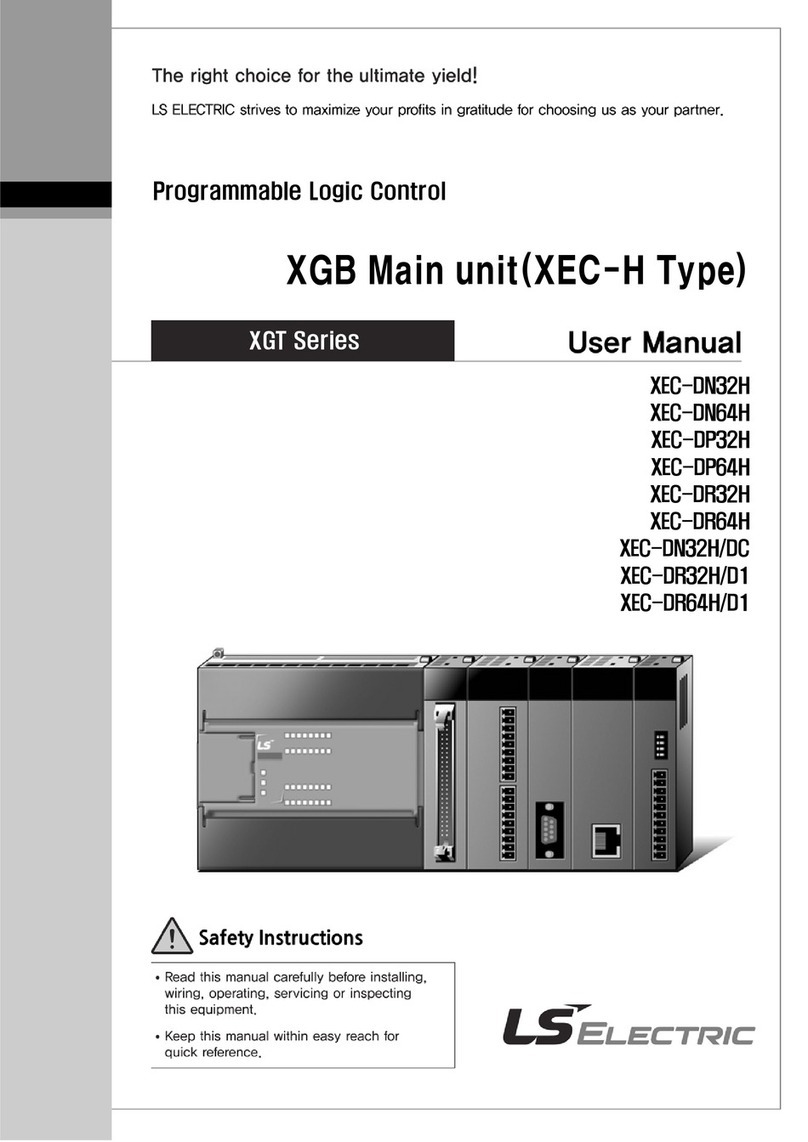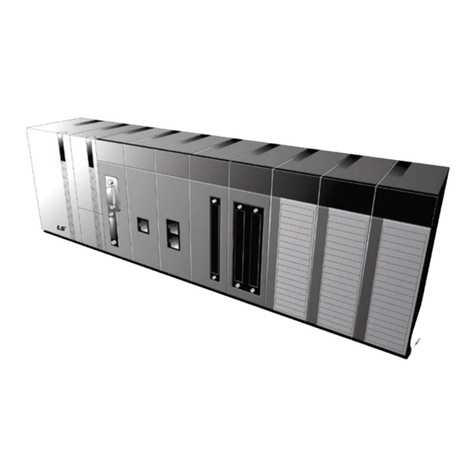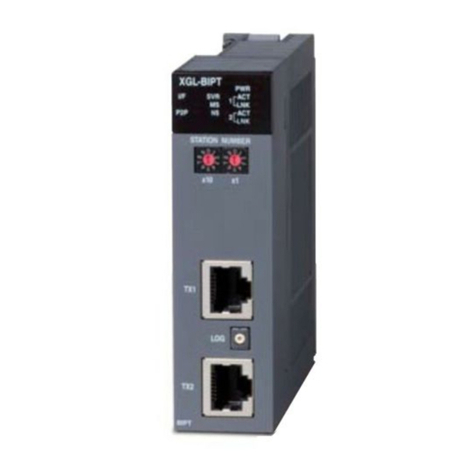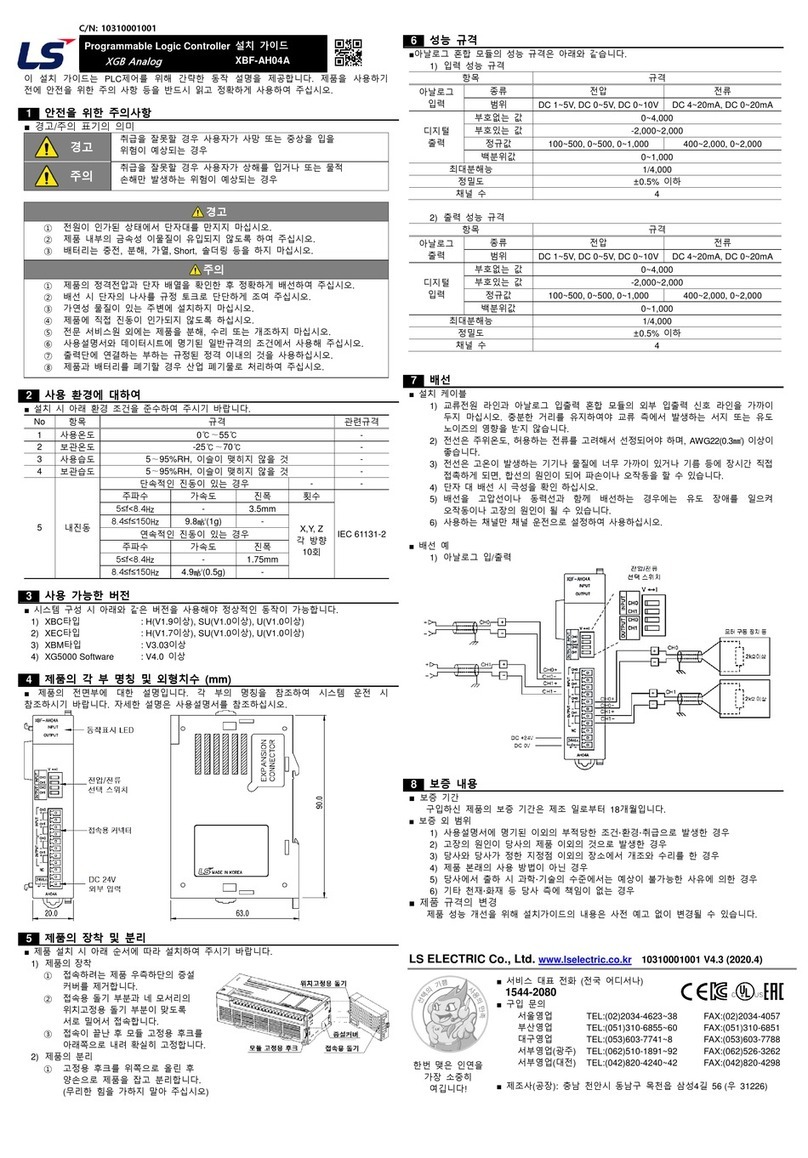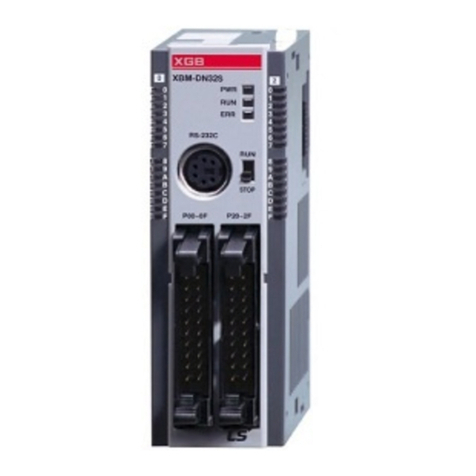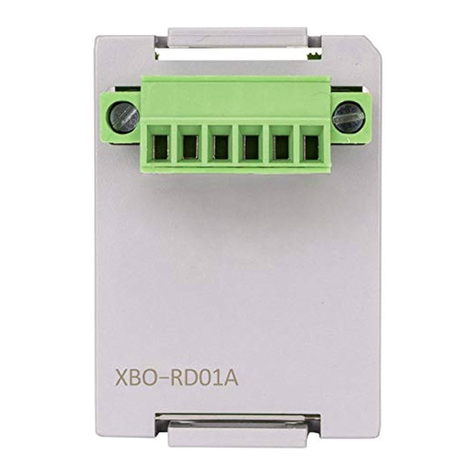
1/38
Contents
1About this manual ............................................................................................................. 2
2Caution statements ........................................................................................................... 3
3Identifying the serial number and version number ......................................................... 4
3.1 Unit serial number and version......................................................................................................................4
3.2 Date of manufacture......................................................................................................................................4
3.3 PCB serial number ........................................................................................................................................4
4Diagnostics........................................................................................................................ 5
4.1 Power Circuit Test .........................................................................................................................................5
4.2 Basic Functionality Test ................................................................................................................................5
4.3 Review the Event Log ...................................................................................................................................5
4.4 Run Simulation Test ......................................................................................................................................6
4.5 Control Input Test..........................................................................................................................................6
4.6 Start/Run Performance Test..........................................................................................................................7
4.7 After Repair Tests .........................................................................................................................................7
5Troubleshooting ................................................................................................................ 8
5.1 Trip messages...............................................................................................................................................8
5.2 SCRs ...........................................................................................................................................................10
6Service instructions ........................................................................................................ 11
6.1 Frame sizes.................................................................................................................................................11
6.2 0024B~0042B..............................................................................................................................................12
6.3 0052B~0135B..............................................................................................................................................13
6.4 0184B ~ 0250B............................................................................................................................................14
6.5 0352B ~ 0580B............................................................................................................................................15
6.6 0835B ~ 1250B............................................................................................................................................16
6.7 0735C~1220C .............................................................................................................................................17
6.8 0202E~1092E..............................................................................................................................................18
7Firmware updates............................................................................................................ 19
7.1 Overview .....................................................................................................................................................19
7.2 Firmware versions .......................................................................................................................................19
7.3 Loading new firmware .................................................................................................................................19
7.4 Reusing boards from other starters.............................................................................................................21
7.5 Model name, model rating, serial number, parameter defaults ...................................................................21
7.6 Model ratings...............................................................................................................................................21
8Spare parts ...................................................................................................................... 22
8.1 Enclosure Opening Tools ............................................................................................................................22
8.2 User interface board....................................................................................................................................23
8.3 Motor control board .....................................................................................................................................25
8.4 Bypass driver board ....................................................................................................................................27
8.5 Gate drive board..........................................................................................................................................28
8.6 SCRs ...........................................................................................................................................................29
8.7 Phase arms .................................................................................................................................................30
8.8 Fans ............................................................................................................................................................31
8.9 Current transformers ...................................................................................................................................32
8.10 Internal bypass contactor ............................................................................................................................34
8.11 Snubber assemblies....................................................................................................................................36
9Appendix.......................................................................................................................... 38
9.1 Bolt Tightening Torques ..............................................................................................................................38
